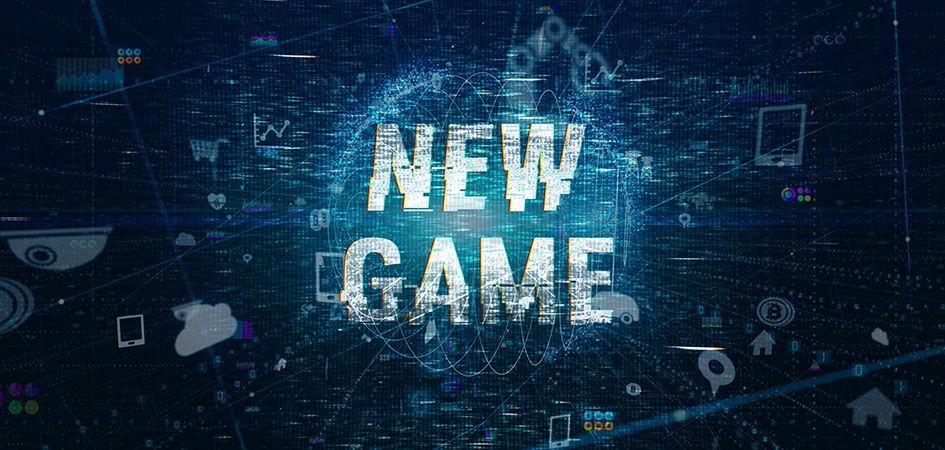On a recent Microsoft earnings call CEO Satya Nadella made the following comment:
"What we have witnessed over the past year is the dawn of a second wave of digital transformation sweeping every company and every industry."
That’s big stuff. With my security hat on, I couldn’t help but wonder about the implications and ramifications for the whole security industry. Many organizations have rushed to a remote working environment, with no time to prepare and plan a secure course of action, which inevitably leads to gaps in security – and we’ve seen this happen.
Clearly and without question, the driver for this “second wave of digital transformation” has been COVID-19. Digging a little deeper, we’ve seen first-hand how quickly some organizations pivoted to the new norm of remote working. Some have moved to the cloud, others have created Remote Access Solutions (RAS) for their workers, and others have used less secure mechanisms for allowing remote access (yes RDP directly on the Internet, I’m talking to you).
Fortunately, Trustwave SpiderLabs has been providing remote penetration testing for a number of years so we were well set for this shift and have been able to carry on with keeping our customers secure.
While moving to the cloud isn’t new, what we are seeing is an acceleration of cloud-based services being adopted across all industries and verticals. In turn, the rapid development of AI, machine learning, and increased agility and flexibility enabled by cloud computing has outstripped most organizations’ capacity to correctly secure these technologies.
Criteria for Success... And What If It All Goes Wrong?
We see organizations succeed with their digital transformation when we, as a security consultancy, are involved in the journey from an early phase.
For example, we’ve seen first-hand a number of vulnerable and hastily created VPN endpoints, which not only leave the environment exposed to on-path attacks and unauthorized access, but can also create a dangerous false sense of security. By building security best practices into the design phase, we can help minimize the likelihood of security blind spots or costly post-production fixes. Further, we can take an adversarial role by attacking that endpoint in the form of a penetration test to ensure the secure design principles are reflected in reality.
Attack methodologies are constantly changing, and hackers and cybercriminals are no strangers to digital transformation either. We increasingly see cloud-based services used to stage attacks throughout the kill-chain, whether hosting malware on SharePoint for phishing attacks, poisoning code in repositories such as GitHub, or using services such as Slack or DropBox for data exfiltration. Running incident response tabletop exercises is a useful way to test your IT and security teams’ assumptions – simply whitelisting cloud services may seem harmless but can create vulnerabilities that opportunistic attackers are more than capable of exploiting.
Developing policies and processes that manage changes in the environment and recognize the protean nature of modern cyber threats is also critical to ensuring your digital transformation journey is a secure one. We frequently find organizations have spun up cloud instances with poor access controls, unpatched applications, or exposed services without following appropriate change control processes. Over time, these environments are forgotten about or overlooked until our testers find and exploit them – or worse still, they are used as a staging platform for targeted intrusion.
Ensuring security documentation is developed and implemented, and regular reviews and audits are carried out to validate their currency and efficacy, is a sound way of ensuring your cloud-based cyber risks are being appropriately tracked and managed.
To Wrap It Up
In summary, digital transformation is happening at an electric pace and the planning and execution of security activities needs to keep up to ensure risks are mitigated correctly.
Having a security partner with a broad and deep technical understanding, who is involved early in the digital transformation process, will significantly boost your capacity to remain secure. It is equally important to validate that security policies and processes have been appropriately implemented – there is no greater folly than to assume that security controls planned in the design phase are effective in production without appropriate testing.
EBOOK
The Underground Economy
What happens after cyber thieves successfully compromise businesses? If you think siphoning sensitive data instantly leads to money in their account, you're wrong. What proceeds is series of anonymous paths they can take to ultimately reap their reward. In this comprehensive guide, the Trustwave SpiderLabs team provides you with a view into the deep abyss of the dark web--where the criminally minded operate to hide their tracks from law enforcement.

